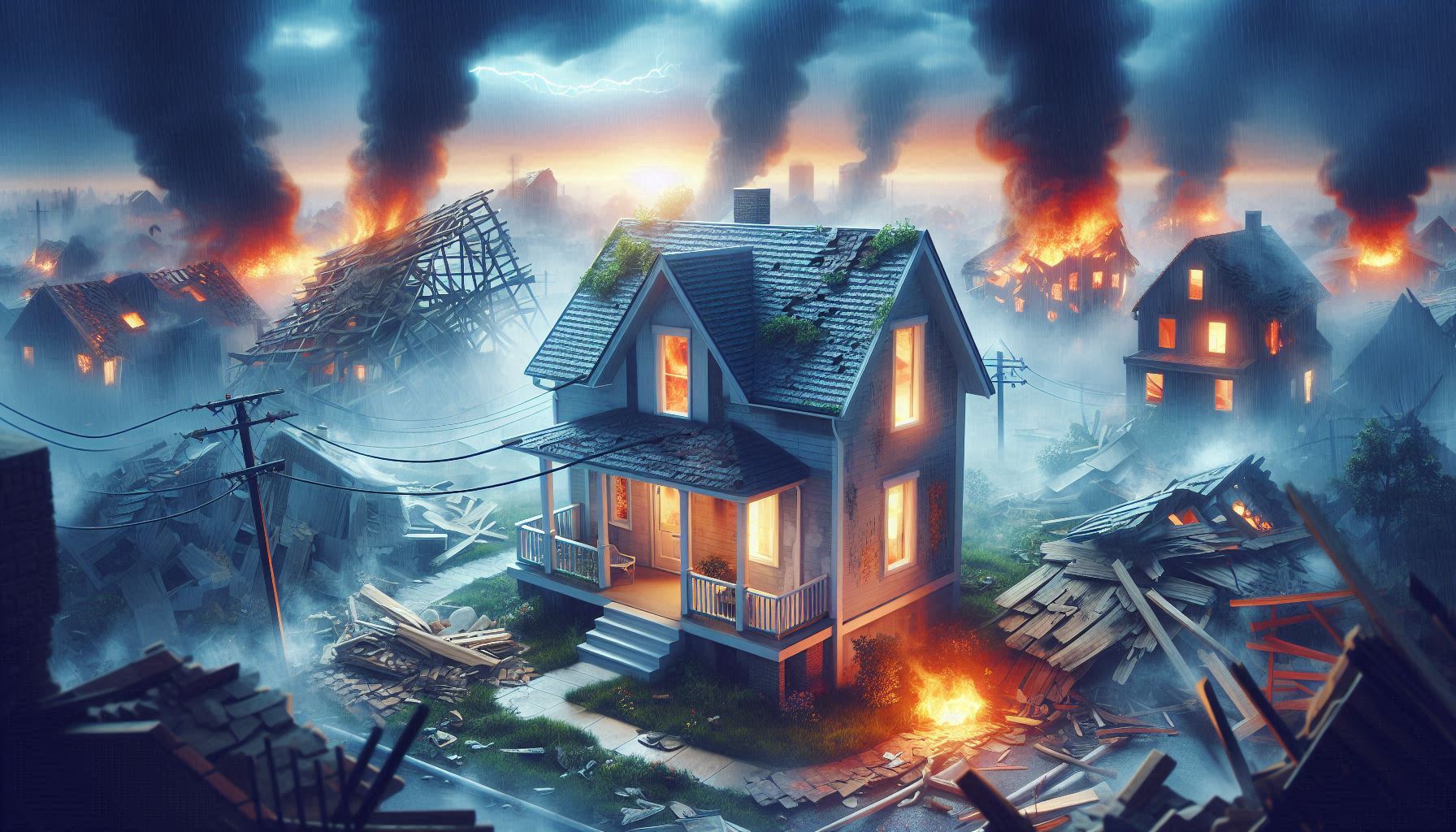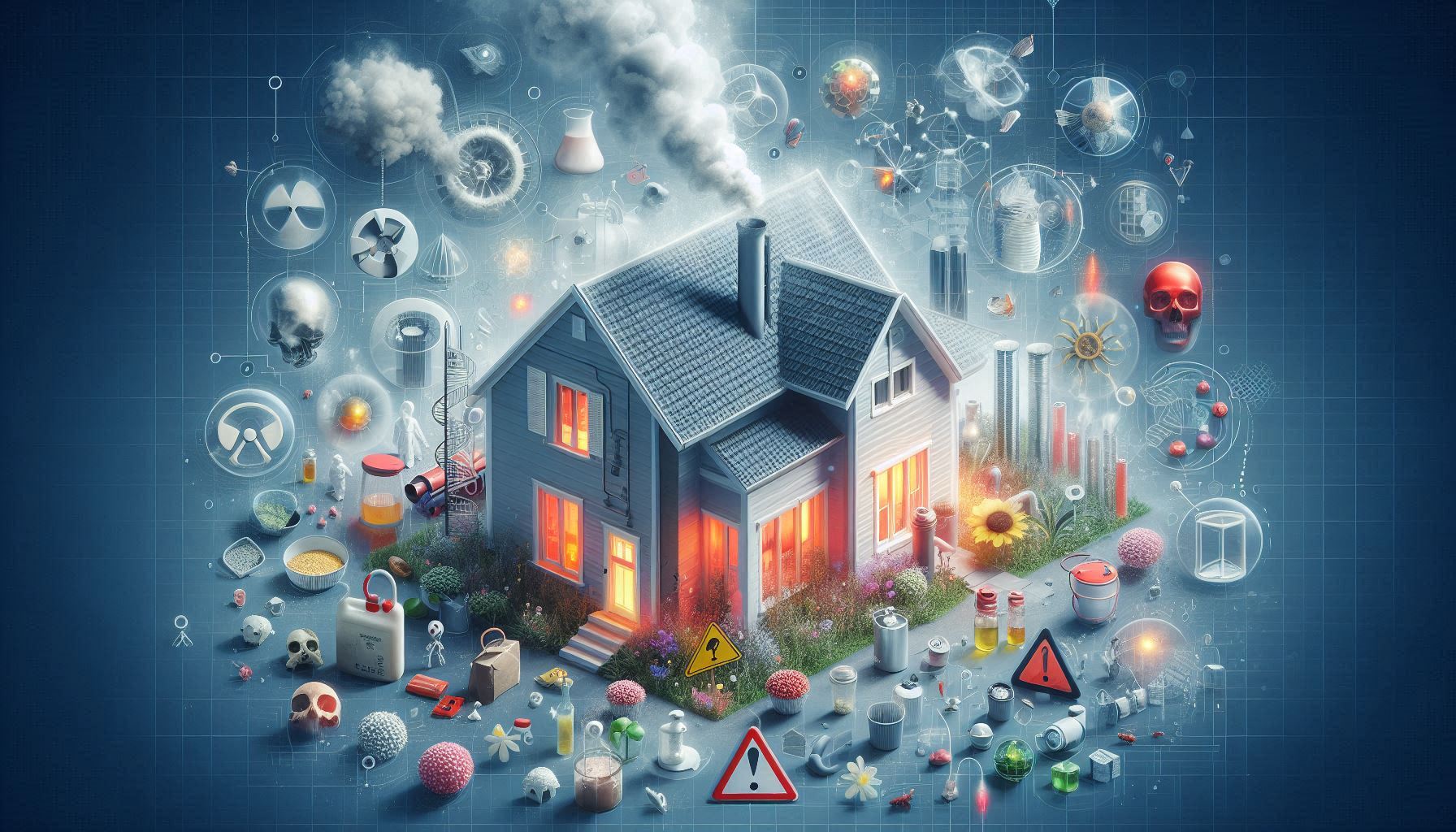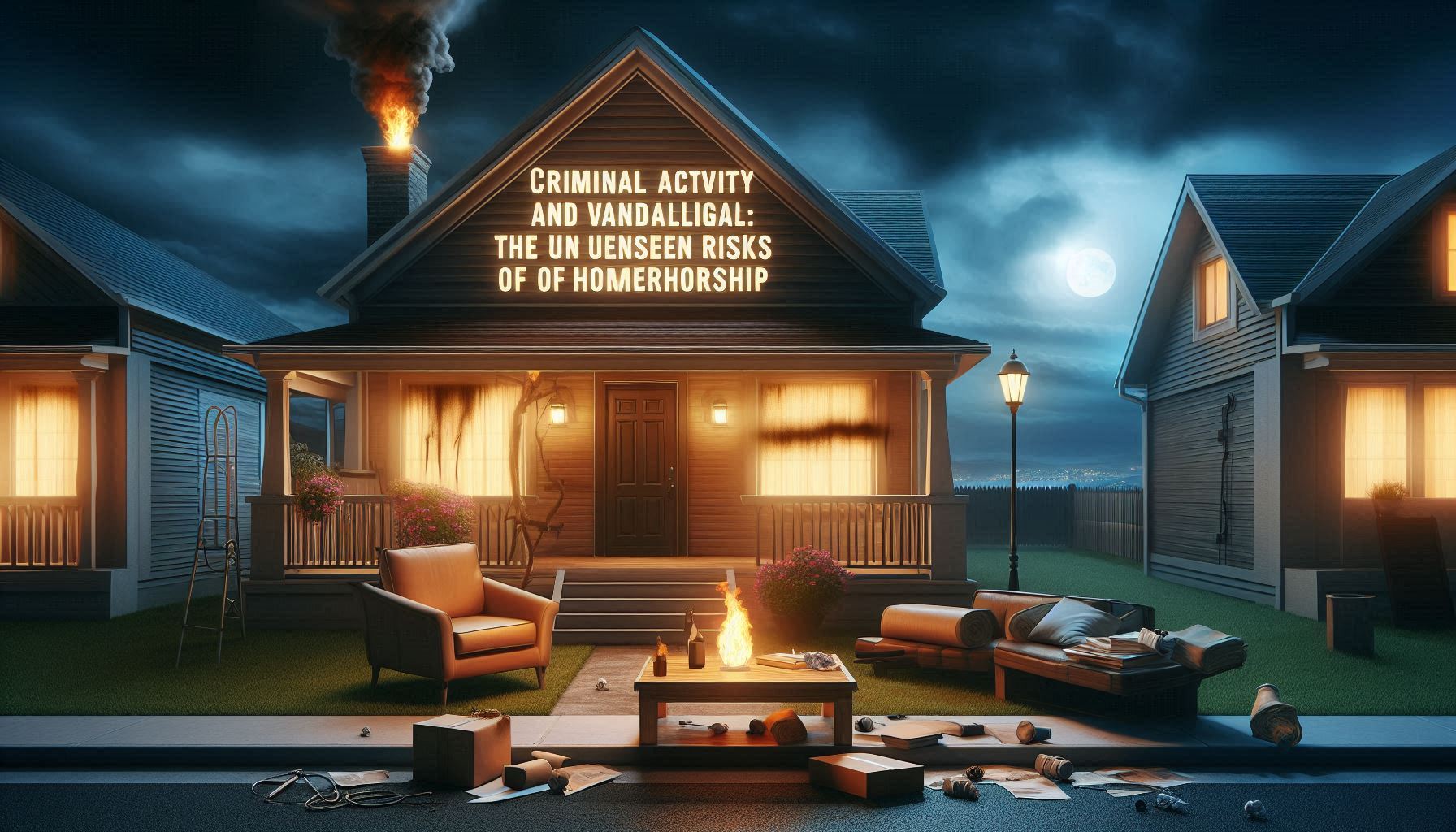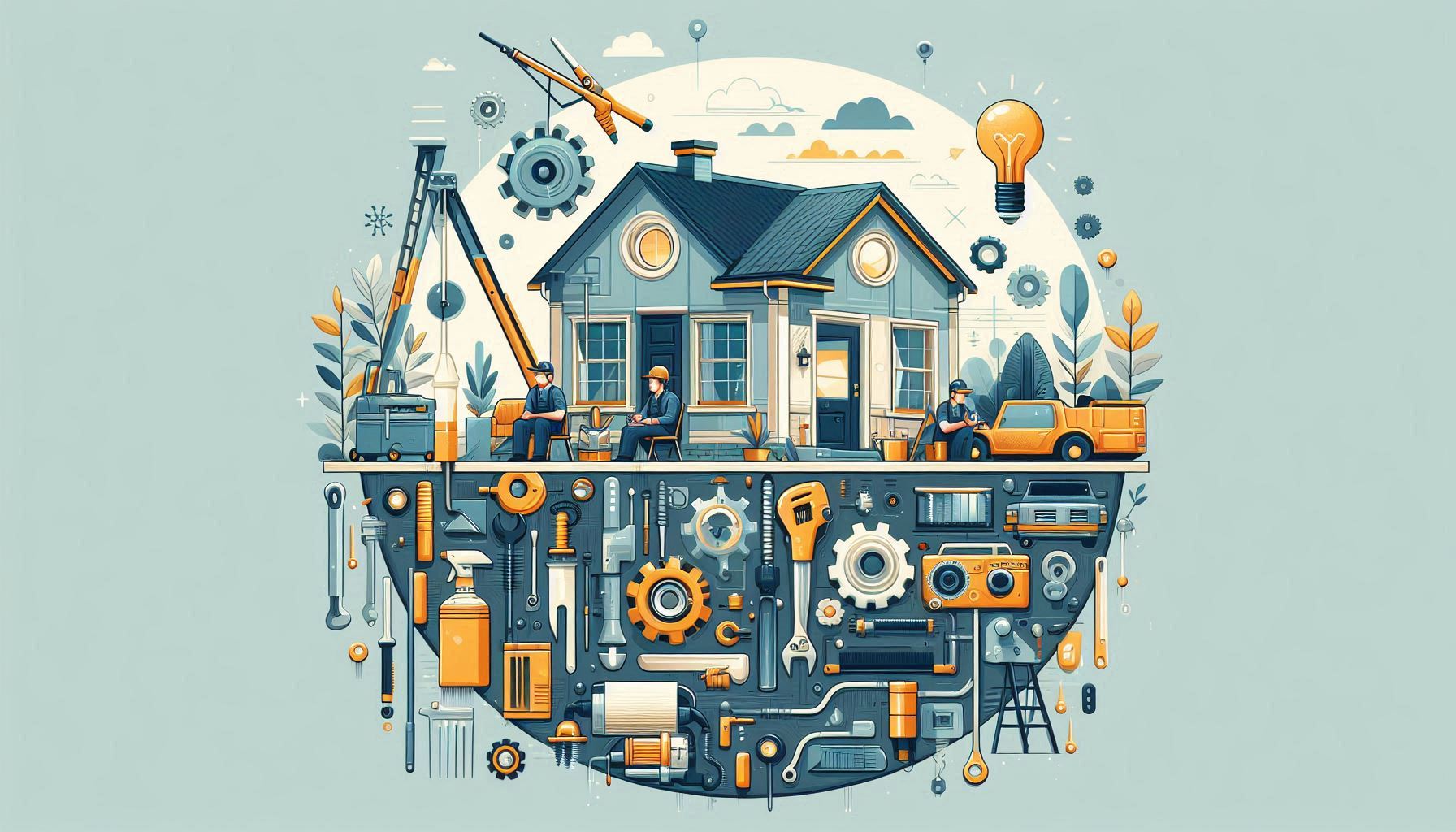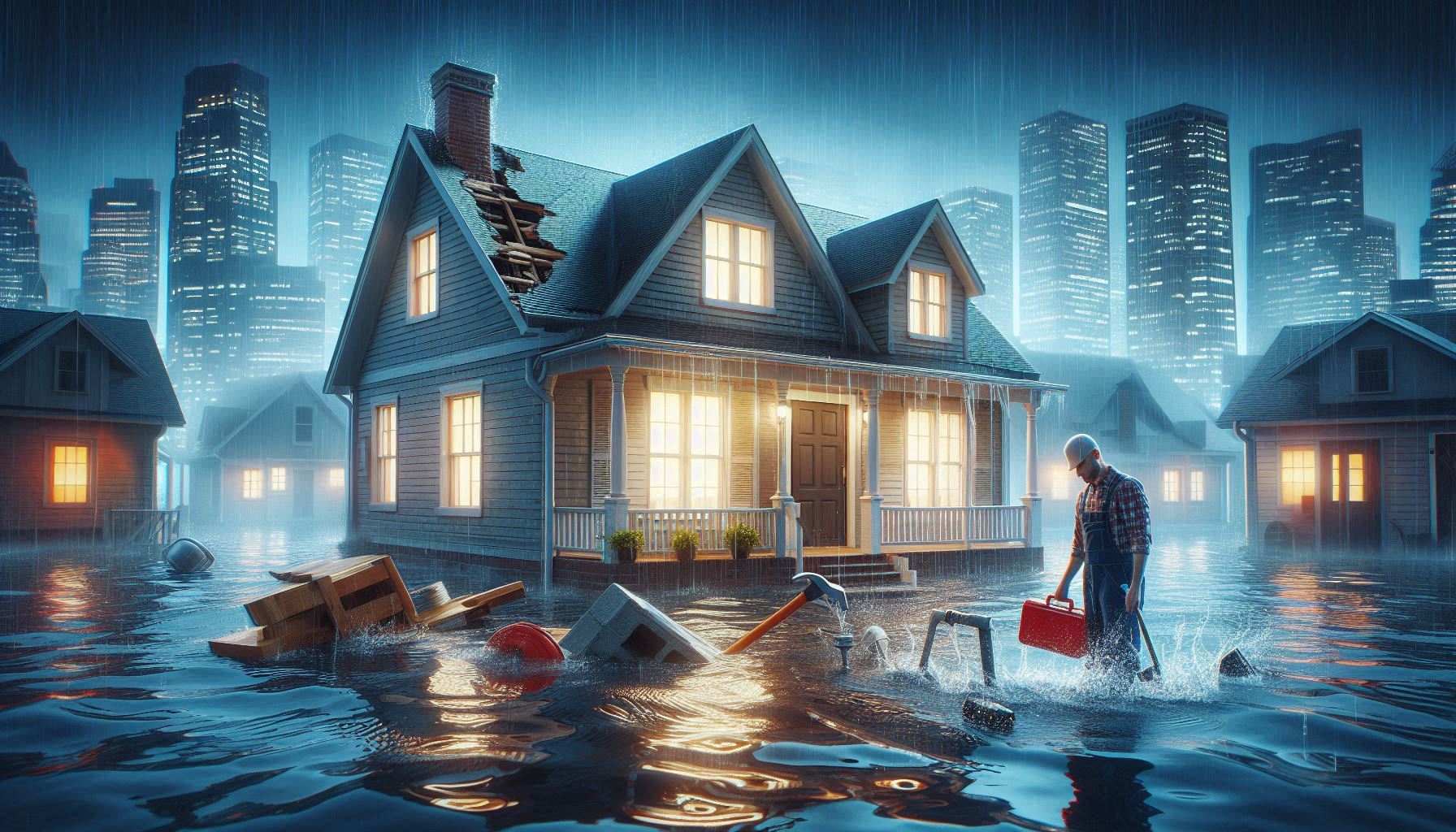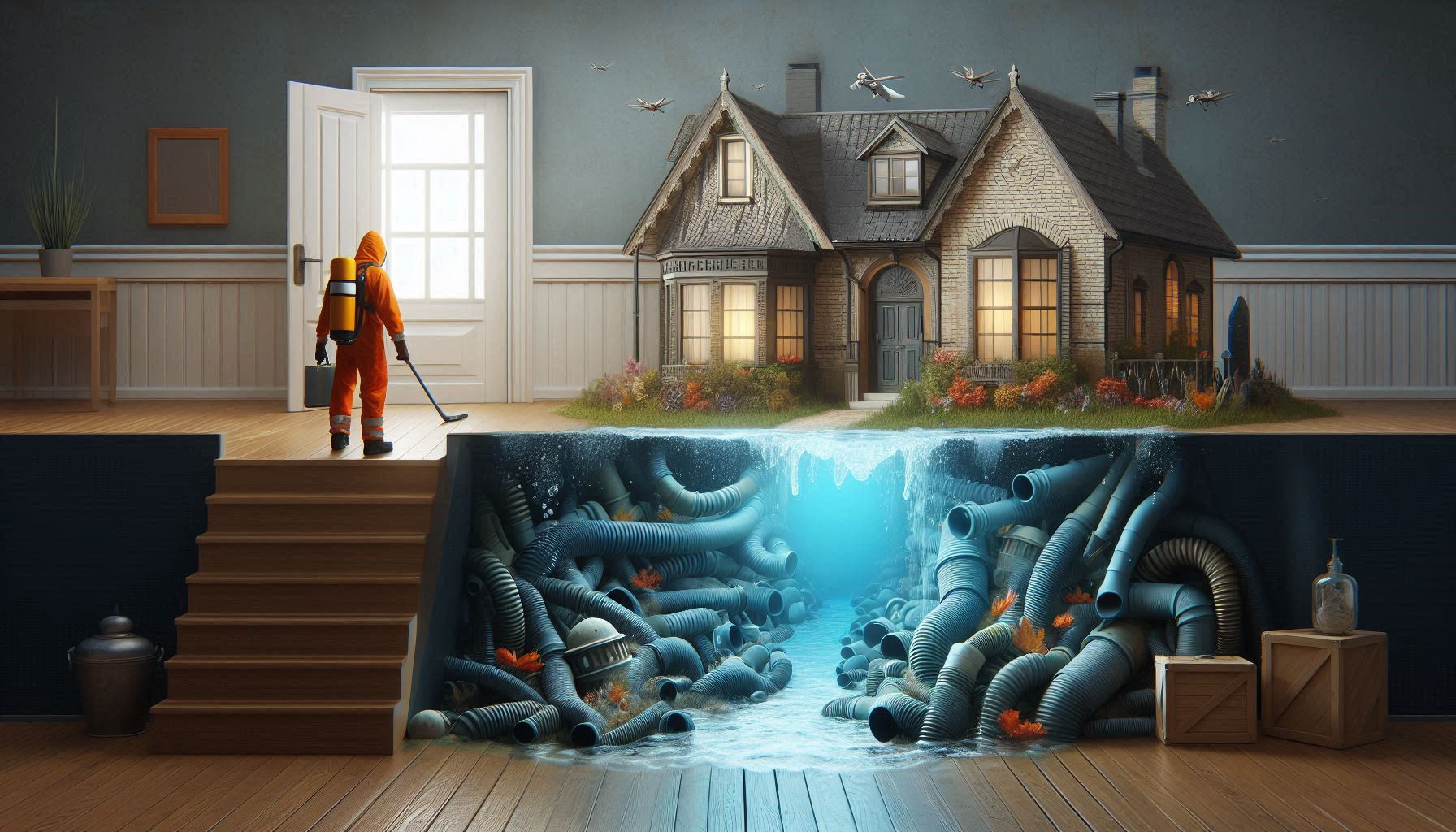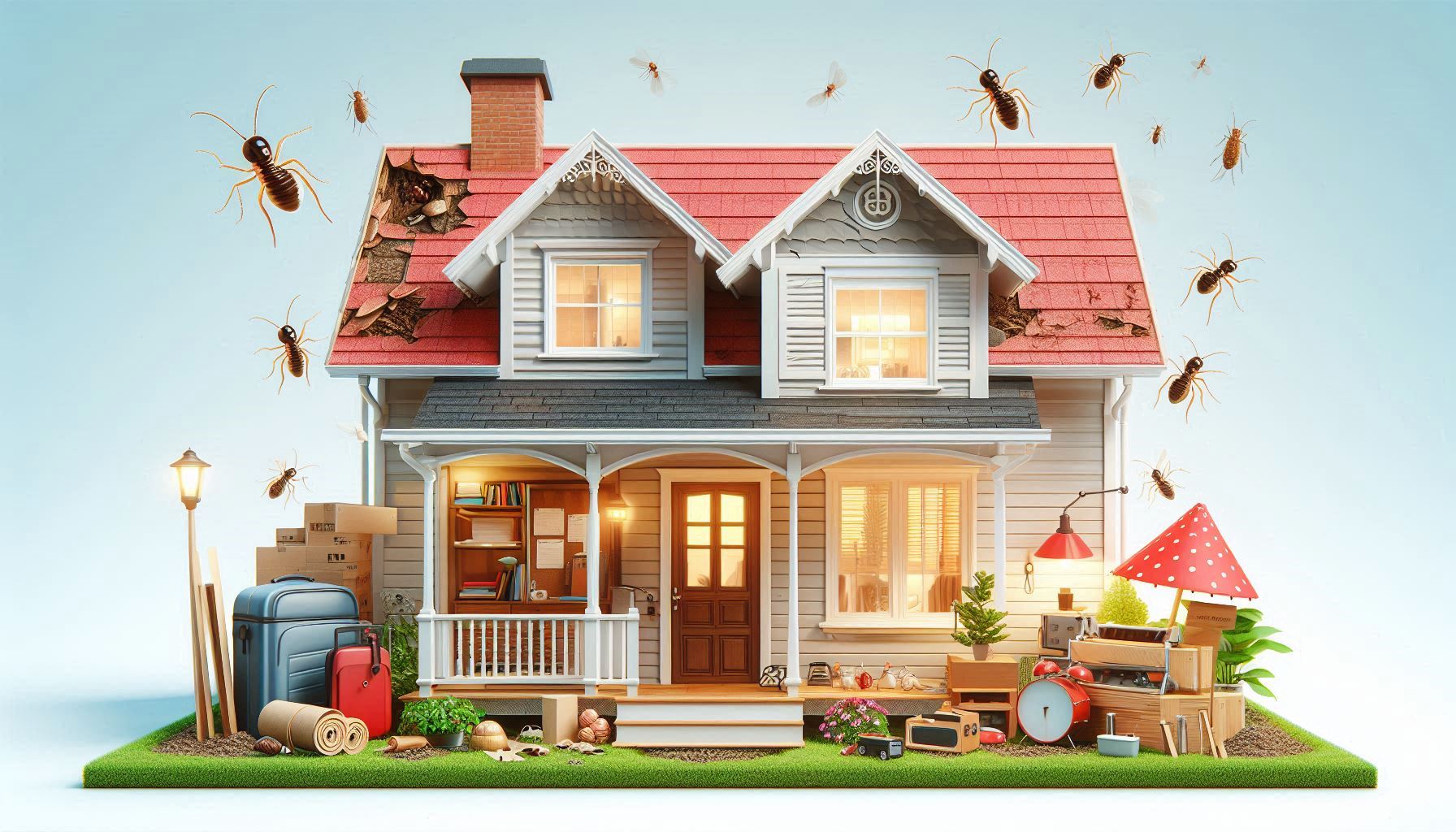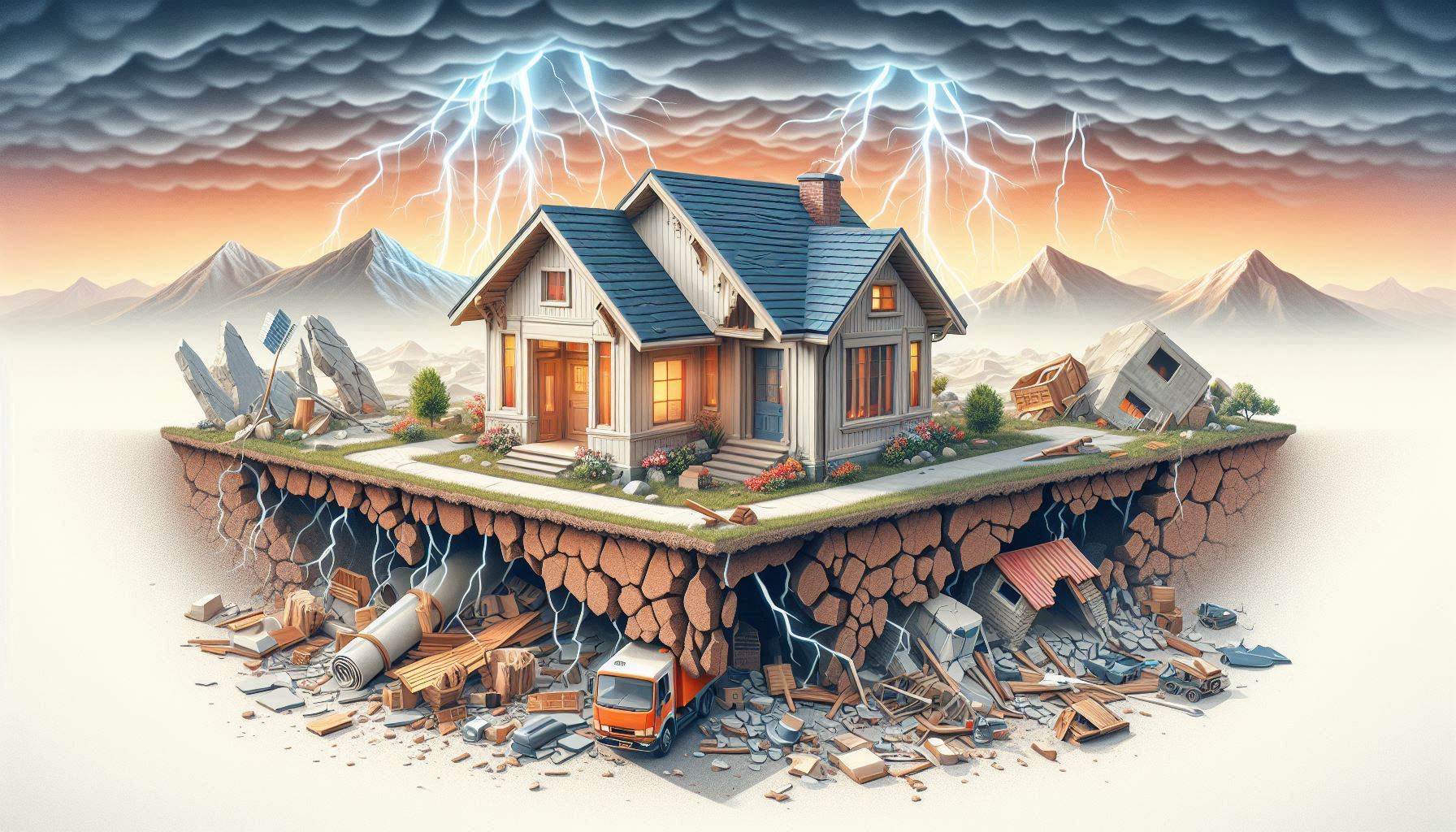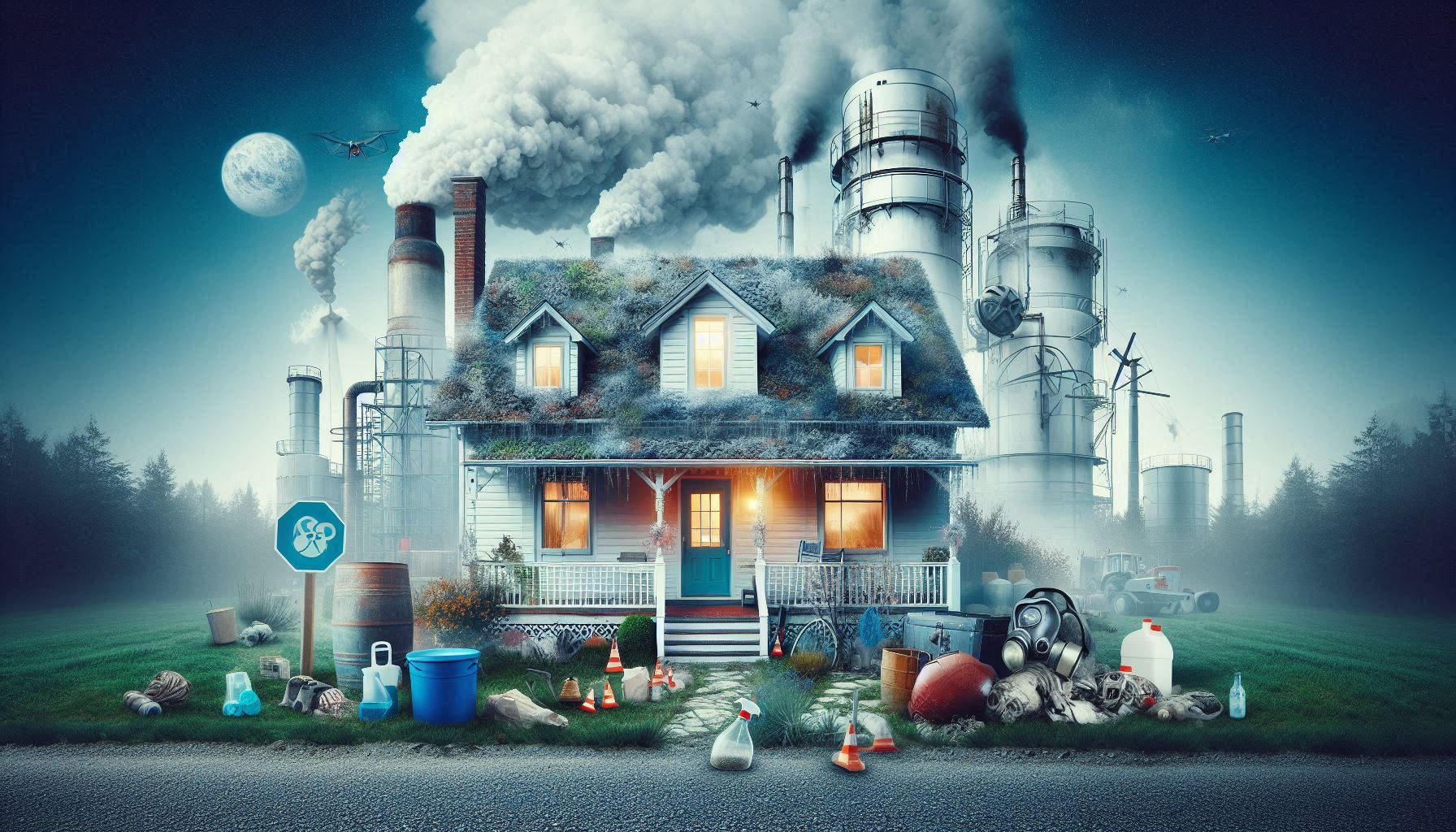10 Hidden Perils Your Homeowners Insurance Policy May Not Cover
As a homeowner, it’s essential to understand what your insurance policy covers and what it doesn’t. While your policy may seem comprehensive, there may be hidden perils that are not explicitly mentioned. These omissions can leave you vulnerable to significant financial losses. In this article, we’ll explore 10 hidden perils that your homeowners insurance policy may not cover, ensuring you’re better equipped to protect your home and financial well-being.
When it comes to homeowners insurance, it’s crucial to review your policy carefully and understand what’s covered and what’s not. Many policies have exclusions, limitations, and conditions that can leave you with unexpected gaps in coverage. For instance, if you have a flood-prone property, your standard homeowners insurance policy may not cover damage caused by flooding. Similarly, if you live in an area prone to wildfires, your policy may not cover damage from such events.
Disasters and Natural Disasters: The Silent Killers of Homeowners Insurance
Natural disasters like earthquakes, hurricanes, and wildfires are among the most devastating events that can befall a home. While homeowners insurance policies typically cover damage from these events, there are some exceptions. For instance, earthquake coverage is often sold separately from standard homeowners insurance policies. Additionally, flood insurance is typically not included in standard policies, and you may need to purchase a separate flood insurance policy to be protected.
In areas prone to earthquakes, homeowners insurance policies may not cover damage from seismic activity. This means that you’ll need to purchase a separate earthquake insurance policy to ensure you’re protected. Similarly, flood-prone areas may require flood insurance, which is typically not included in standard homeowners insurance policies.
Environmental Hazards and Toxins: The Hidden Dangers of Homeownership
Environmental hazards and toxins can pose significant risks to homeowners, particularly those living in older homes or areas with contaminated soil or water. While homeowners insurance policies typically cover damage from environmental hazards like mold and mildew, there are some exceptions. For instance, policies may not cover damage from asbestos, radon, or other hazardous materials.
Asbestos, a common material used in older homes, can be released into the air when disturbed, causing serious health problems. Radon, a radioactive gas, can seep into homes through soil and water, posing significant health risks. Homeowners insurance policies may not cover damage from these environmental hazards, leaving you with significant out-of-pocket expenses.
Criminal Activity and Vandalism: The Unseen Risks of Homeownership
Criminal activity and vandalism are two of the most common hidden perils that homeowners insurance policies may not cover. While policies typically cover damage from burglary and theft, there are some exceptions. For instance, policies may not cover damage caused by intentional acts of vandalism or destruction.
If you’re a victim of criminal activity or vandalism, you may be left with significant out-of-pocket expenses to repair or replace damaged property. Homeowners insurance policies may not cover damage from such events, leaving you with a financial burden.
Maintenance and Upkeep: The Neglected Aspects of Homeownership
Maintenance and upkeep are crucial aspects of homeownership, but they can also be hidden perils that homeowners insurance policies may not cover. While policies typically cover damage from sudden and accidental events, they may not cover damage caused by lack of maintenance or upkeep.
For instance, if you fail to maintain your home’s roof, gutters, or plumbing, damage may occur, and your homeowners insurance policy may not cover the resulting costs. Similarly, if you neglect to perform regular maintenance on your home’s electrical or HVAC systems, damage may occur, and your policy may not cover the resulting costs.
Water Damage and Leaks: The Silent Killers of Homeownership
Water damage and leaks are two of the most common hidden perils that homeowners insurance policies may not cover. While policies typically cover damage from sudden and accidental water events, such as burst pipes or floods, they may not cover damage from slow leaks or gradual water damage.
For instance, if you have a slow leak in your roof or a faulty washing machine, water damage may occur, and your homeowners insurance policy may not cover the resulting costs. Similarly, if you fail to address water damage promptly, it can lead to mold and mildew growth, which may not be covered by your policy.
Sewer Backups and Overflows: The Unseen Dangers of Homeownership
Sewer backups and overflows are among the most unpleasant and costly hidden perils that homeowners insurance policies may not cover. While policies typically cover damage from sudden and accidental events, they may not cover damage from slow or gradual sewer backups.
For instance, if your sewer line becomes clogged or damaged, you may experience a backup, which can lead to significant damage and costly repairs. Homeowners insurance policies may not cover damage from sewer backups, leaving you with a financial burden.
Termite Damage and Pest Infestation: The Silent Pests of Homeownership
Termite damage and pest infestation are two of the most common hidden perils that homeowners insurance policies may not cover. While policies typically cover damage from sudden and accidental events, they may not cover damage from slow or gradual termite activity or pest infestation.
For instance, if you have a termite infestation, significant damage can occur, and your homeowners insurance policy may not cover the resulting costs. Similarly, if you fail to address pest infestation promptly, it can lead to further damage and costly repairs.
Earthquake and Landslide Damage: The Unseen Risks of Homeownership
Earthquake and landslide damage are two of the most significant hidden perils that homeowners insurance policies may not cover. While policies typically cover damage from sudden and accidental events, they may not cover damage from slow or gradual seismic activity or landslide events.
For instance, if you live in an area prone to earthquakes, you may experience significant damage, and your homeowners insurance policy may not cover the resulting costs. Similarly, if you live in an area prone to landslides, you may experience significant damage, and your policy may not cover the resulting costs.
Environmental Contamination and Pollutants: The Hidden Dangers of Homeownership
Environmental contamination and pollutants are among the most significant hidden perils that homeowners insurance policies may not cover. While policies typically cover damage from sudden and accidental events, they may not cover damage from slow or gradual environmental contamination or pollutant exposure.
For instance, if you live in an area with contaminated soil or water, you may experience significant damage, and your homeowners insurance policy may not cover the resulting costs. Similarly, if you fail to address environmental contamination promptly, it can lead to further damage and costly repairs.
In conclusion, homeowners insurance policies are designed to protect your home and financial well-being from unexpected events. However, there may be hidden perils that are not explicitly mentioned in your policy. By understanding these hidden perils, you can take steps to protect your home and financial well-being. It’s essential to review your policy carefully, ensure you have adequate coverage, and consider purchasing additional coverage for hidden perils that may not be covered by your standard policy.


